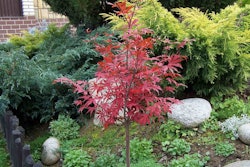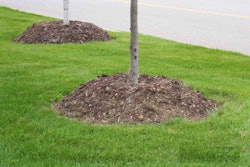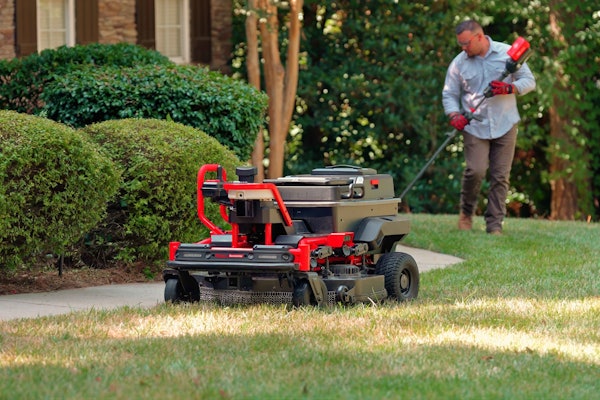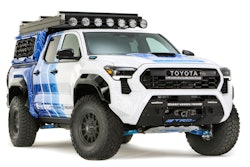
To distinguish your company from scam artists and swindlers, you’ll need more than just a website to convince some clients that your business is legitimate. Because homeowners run the risk of being sued if a tree trimmer is injured on their property, they can be extra apprehensive before hiring a professional to do the job.
Help alleviate their doubt by proving that you have insurance and making sure your profile on the Better Business Bureau (BBB) is reputable. Potential clients will be looking to see that you have a BBB Accredited Business Seal, which indicates your company is honest, transparent, honors its commitments, and responds to its customers.
Being a member of professional organizations such as The International Society of Arboriculture, the American Society of Consulting Arborists or the Tree Care Industry Association will also increase their trust in your company.
Offering references and testimonials from previous customers is another way to set new clients at ease and help them in their research as they compare your quotes to other tree companies. If your pricing is similar to the others, the praise from other homeowners can help your company stand out in the end.
In order to protect both yourself and the homeowner, always use a written and signed contract that lists the start and completion dates, and exact costs and outlines what specific work will be done, such as whether the removal of debris is included in the price.
When it comes down to payment, don’t ask for a large sum of money upfront or demand only cash as these are considered red flags of an illegitimate business that has no intention of completing the work they’ve promised. Letting the customer pay with a check or credit card in staggered payments can help assure them that you plan to finish what you started.
Other practices that will make customers leery of doing business with you is if your company performs door-to-door solicitations, pressures individuals to act now, or lacks any uniforms, printed materials, or bid forms.
There are also some common practices that do not follow industry standards. Offering tree topping or lion’s tailing are two techniques that you should never perform. Clients who know this will question your entire credibility if you support poor pruning practices like these.
Topping trees mutilates them and forces the tree to grow multiple shoots below each cut. If a client’s tree is too tall for the location, it is better off being replanted in a different spot than chopping the entire top off.
Lion’s tailing is the practice of inappropriate thinning where branches are removed only from the interior of the crown. This results in the crown being unbalanced and future growth and foliage are distributed toward branch ends.
Branches tend to sag and droop due to this and these types of trees can be difficult to restore after storm damage. Proper thinning removes small branches from the middle and outside portions of the main branches, not the interior.
A properly thinned tree should not have more than 15 or 20 percent of the tree removed at one time. Five to 10 percent is often enough for mature trees.











